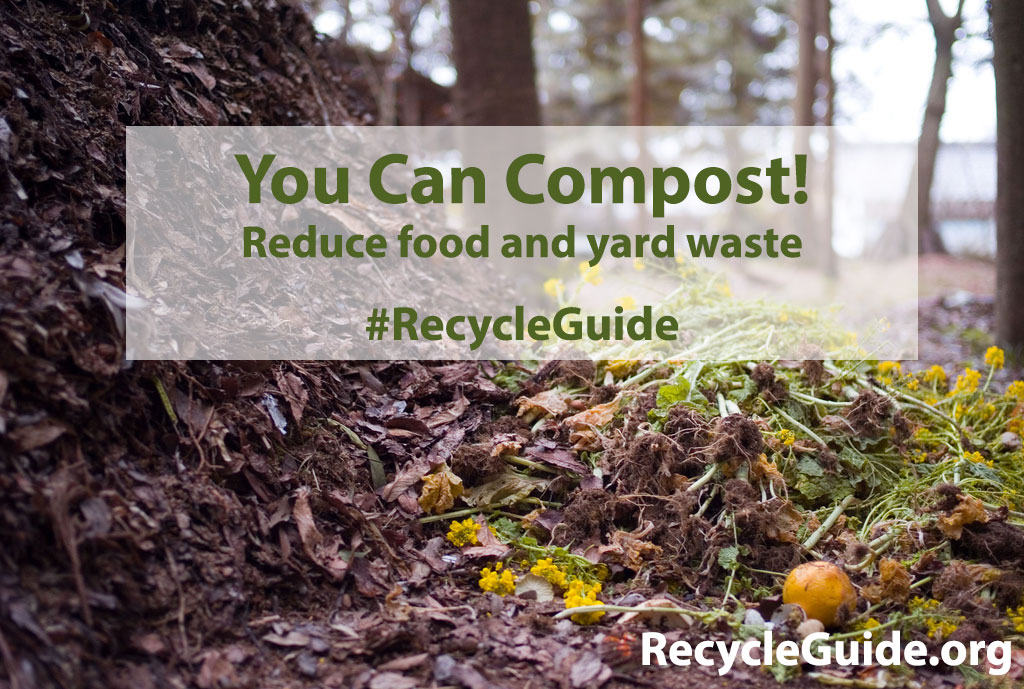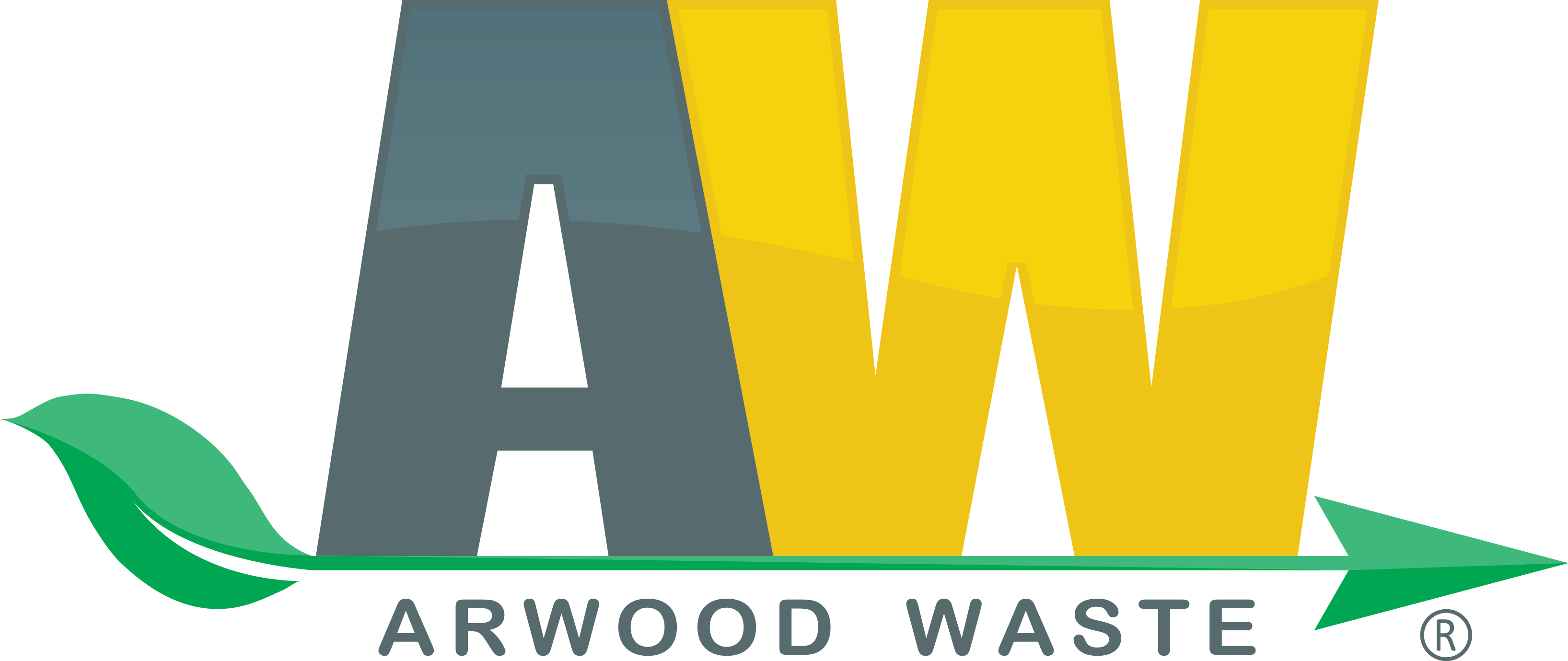Compost to Reduce Food and Yard Waste

Grass clippings, food scraps and dried leaves make up 20 to 30 percent of waste. Instead of throwing away organic materials like these, try composting instead! Composting is a natural process of recycling that turns organic materials such as leaves and vegetable scraps into a dark, rich soil amendment.
Composting is a fairly easy process. In some areas, household waste haulers may even offer curbside pickup of compostable materials, which makes composting as simple as taking out your recycling or garbage. If curbside compost pickup isn’t available in your area, don’t worry. Getting started with composting is easy.
Is it Compost?
The first step is understanding what items can be composted. There are quite a few materials that make for great compost, but some scraps and waste materials can inhibit the composting process or cause other problems for your compost pile, like attracting pests.
Yes
Eggshells, fruit and vegetable scraps, corn cobs, table scraps, coffee grounds, tea leaves, grass clippings, dried leaves, pine needles, flowers, shrub prunings, straw or hay, newspaper, cardboard, shredded paper, dryer lint and sawdust can all be composted.
No
Meat, bones, fatty food wastes (such as cheese, grease and oils), fish scraps, dog and cat litter, perennial weeds, diseased plants, glossy paper, paper with colored ink, peels and rinds that contain pesticides, pressure treated woods and sawdust contaminated with machine or chain oil should be avoided.
Compost Piles and Bins
If you have the space in your yard, start simple with a compost pile on bare earth. This allows worms and other organisms to aerate the compost. Start with a layer or twigs and straw then add your compost materials in layers, alternating between moist and dry. Ash and sawdust should be sprinkled on in thin layers to avoid clumping.
Alternatively, you can use a compost bin. A compost bin needs air and moisture to produce effectively. Compost bins can be made or purchased at a gardening store or nursery.
Compost Maintenance
Whether you opt for a compost pile or bin, you will need to make sure the compost stays moist. You can do this by watering occasionally or by letting rain do the job for you. Be sure to cover your compost pile. This helps retain moisture and heat, both of which are essentials for composting. Every few weeks, turn the pile with a pitchfork or shovel to aerates the compost. Once your compost pile is established, you can add new materials by mixing them in instead of adding them in layers.
Do you compost already, or are you thinking of starting a compost bin? Share your compost adventures with us on Facebook and Twitter by using #RecycleGuide.
Photo Credit: Joi Ito



